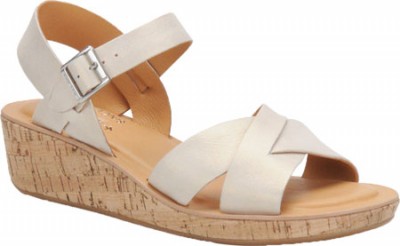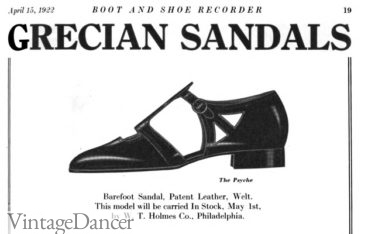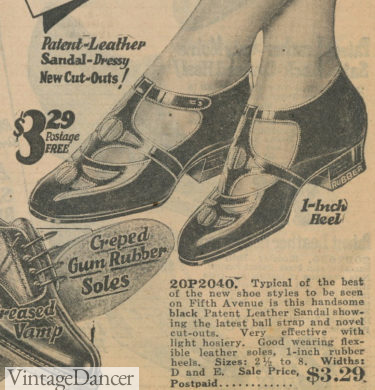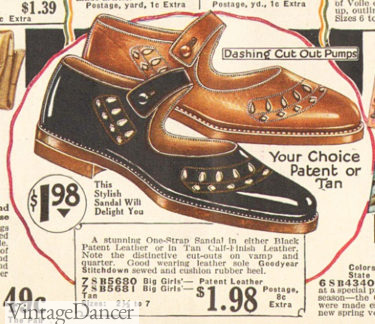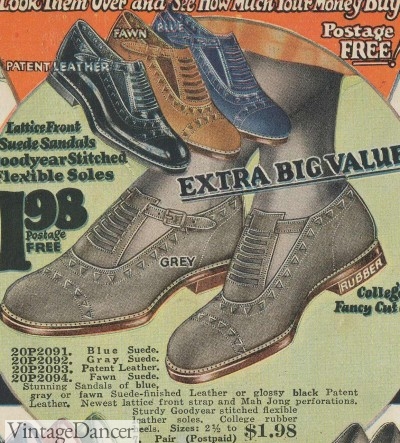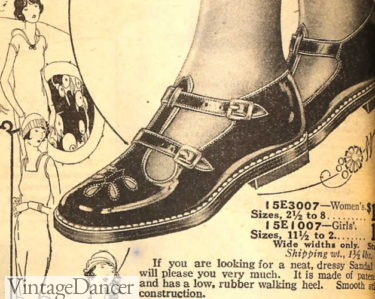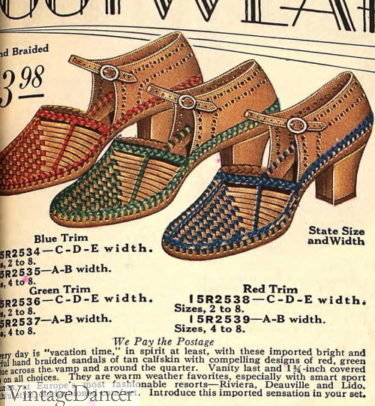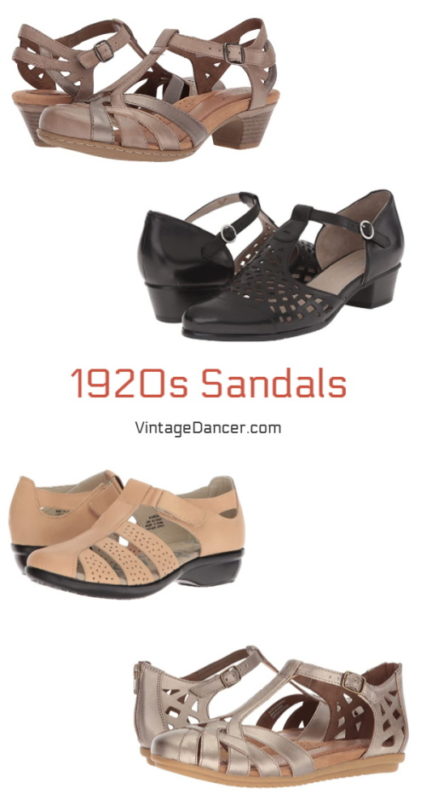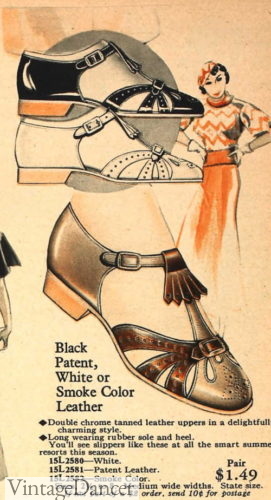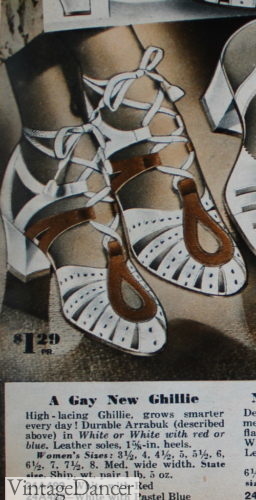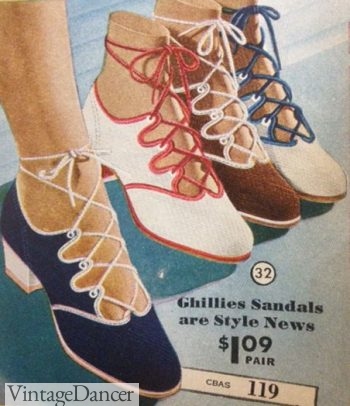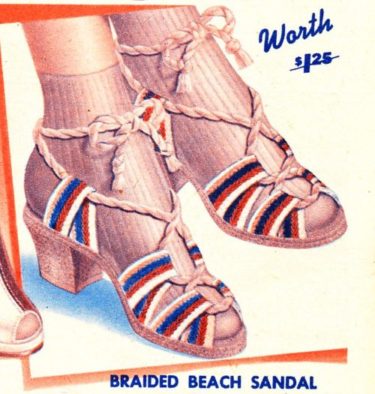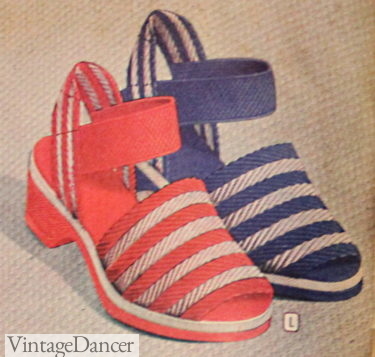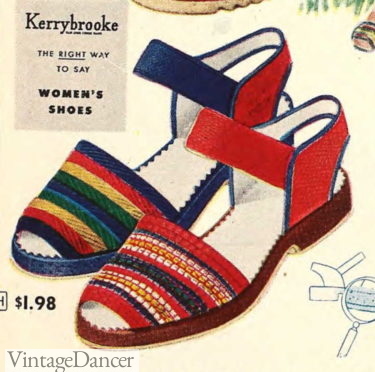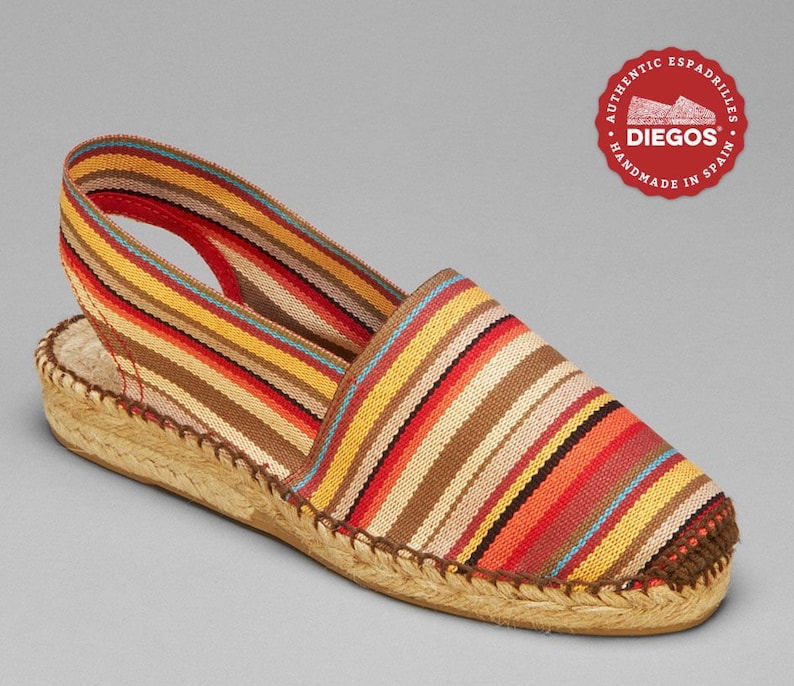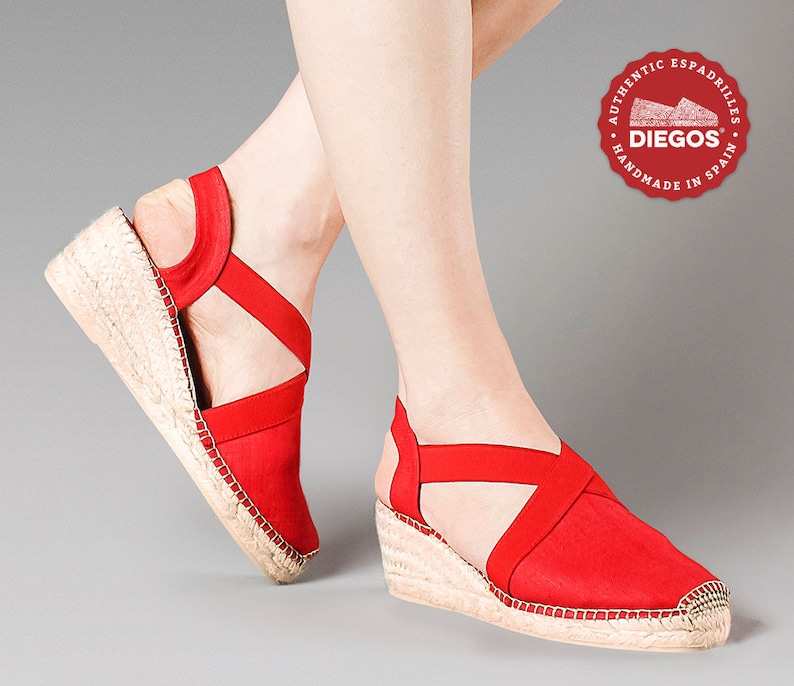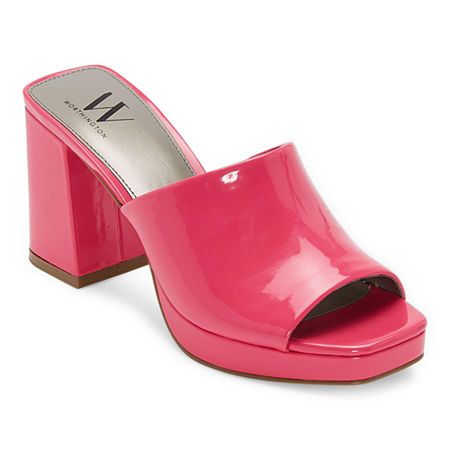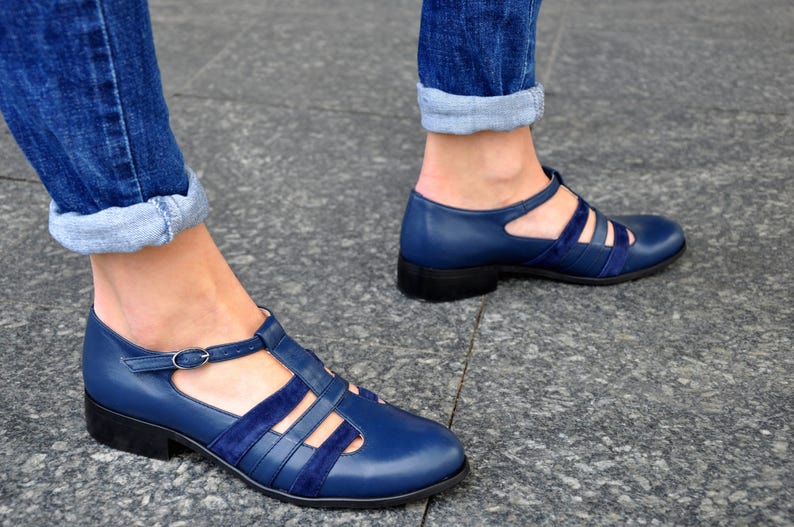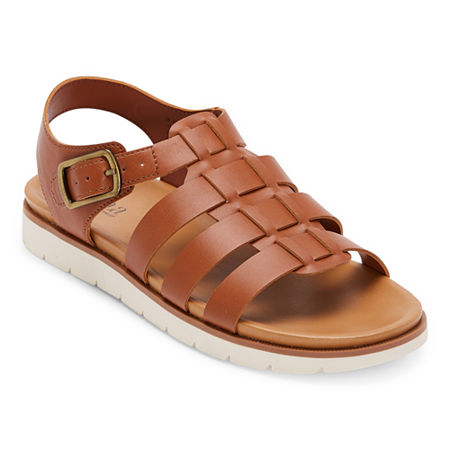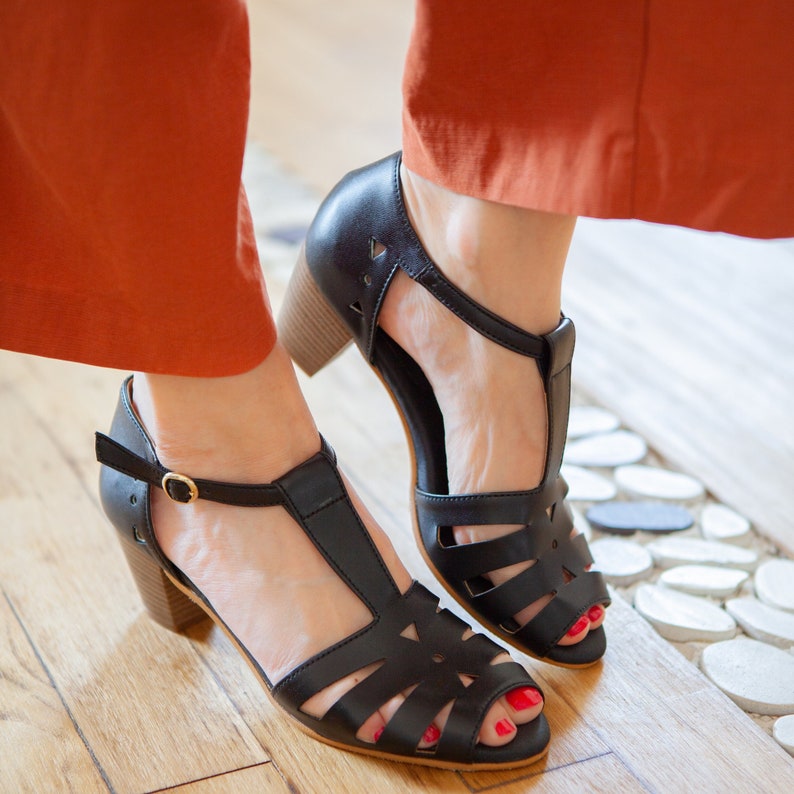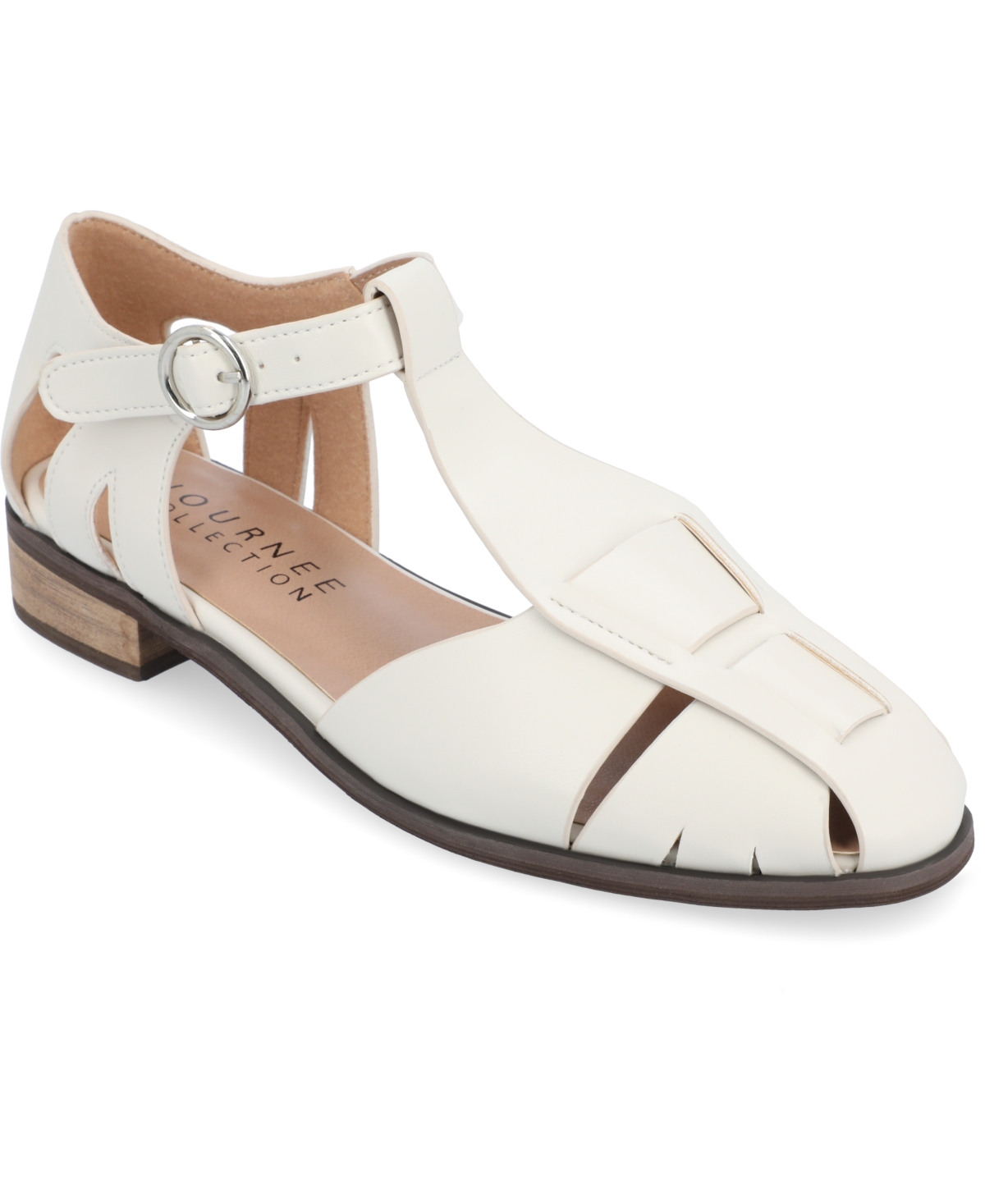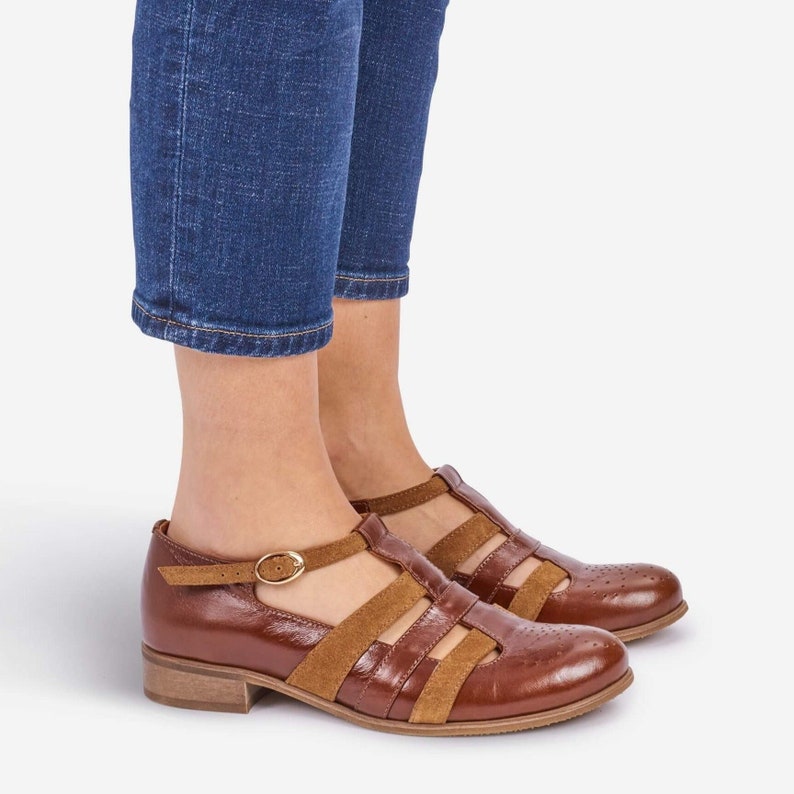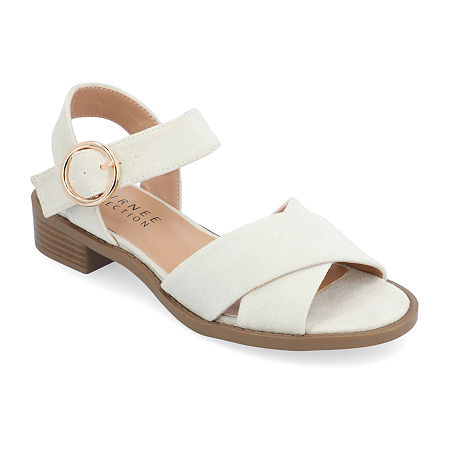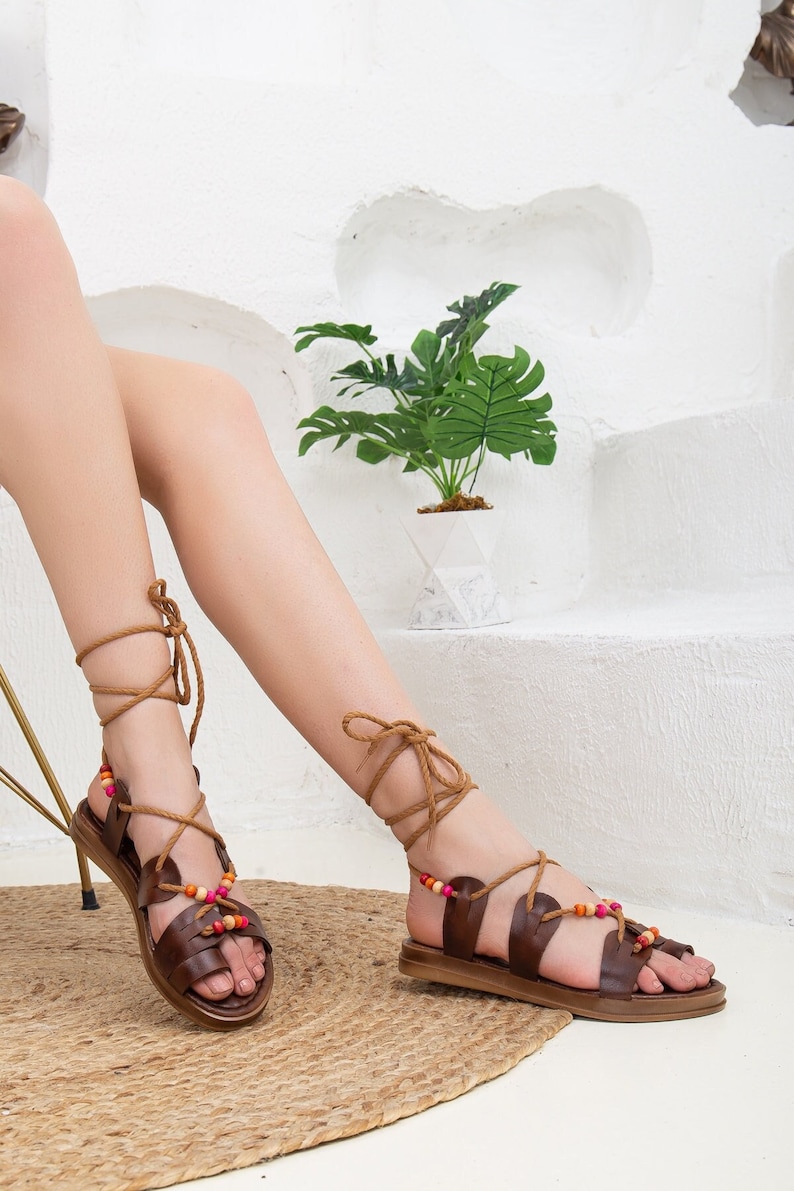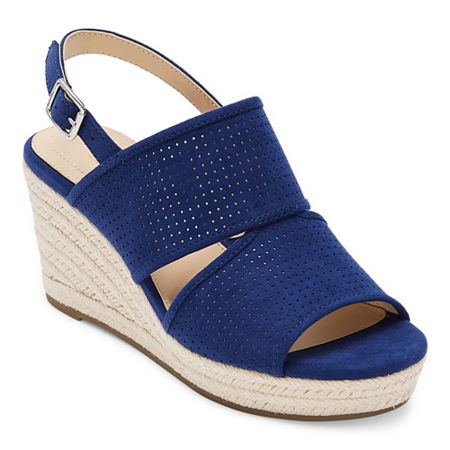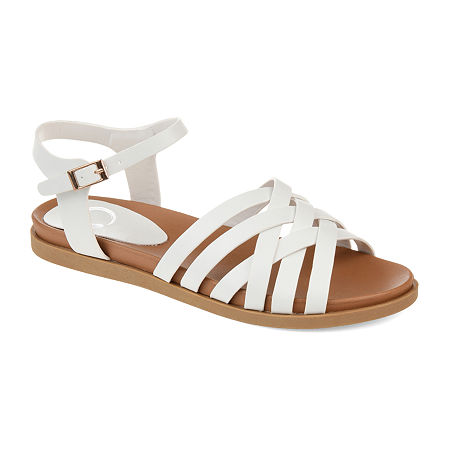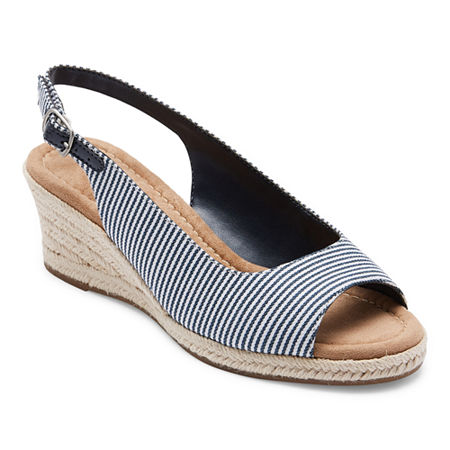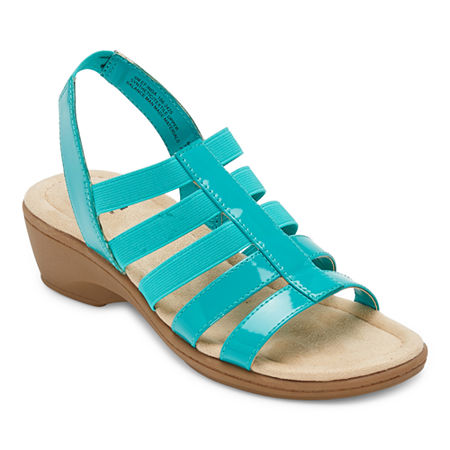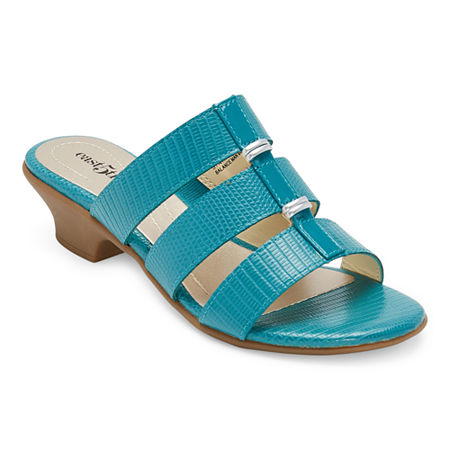Summer is approaching fast — and for me, that means a trip to the shoe store is in order. I eagerly look forward to wearing a pair of sandals all summer long, and when possible, a pair of retro sandals or vintage sandals to go with my vintage-inspired outfits. Over the past few years, I have found some wonderful wedges, cork heel sandals, and strappy flats. What will I find this year? I can’t wait to find out.
In the meantime, let us take a look at the history of women’s vintage sandals from the 1920s, 1930s, 1940s, 1950s, 1960s, and 1970s to see what the trends were and how to find that style again today.
You can also skip the history and shop for sandals here.
1920s Sandals
The first record I have of sandals for women from my catalog collection is in the 1920s (I have a few earlier for boys’ sandals or women’s Mary Jane-type flat shoes too). Men had sandals with cutouts, too, although they were not very popular yet.
The main difference between a sandal versus a low heel Oxford or pump was the number of cutouts and straps around the toe and vamp. These were not open toe sandals at all, but with all the cutouts, they were breathable and ideal for barefoot summer days (no stockings required).
- 1922 “Grecian” Sandals
- 1924 Everyday Sandals
They were also made of patent leather, suede, or canvas and featured a very low rubber-tipped heel. They were worn at the beach or by teens on their summer breaks. The canvas and rubber sole swim shoe sandal was designed to be worn in the water. Similar canvas sport shoes and sandals were worn for tennis and gym class.
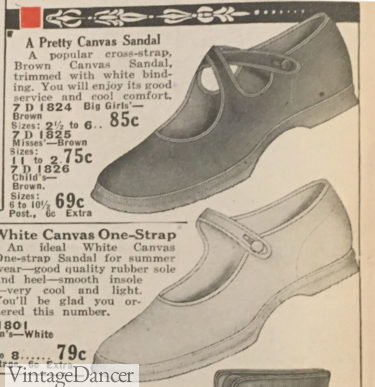
1922 Swim Sandals and Tennis Sandals
Most sandals were T-straps or Mary Jane straps. They looked like low heeled shoes worn with all other clothing. The difference between them was only in the materials, the cut outs for ventilation, and their slightly more sporty look.
- 1926 Mary Jane “Sandals”
- 1925 Suede Sandals – T-Straps with Cutouts
- 1926 T-Strap Sandals
- 1929 Huarache Style Sandals with Heels
With the Mah Jong game trend, some sandals had Asian prints embossed on leather or unique cutouts. The idea was they looked like Chinese house slippers. Solid grey was very popular.
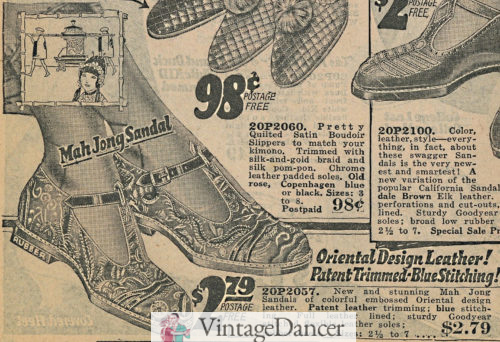
1924 Mah Jong Sandals
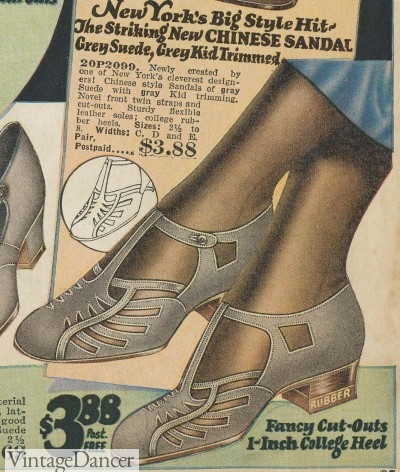
1924 Chinese Sandal “Grey suede with kid leather trim”, Many Cut Outs, Feminine Shape
Just before the decade turned to the 1930s, the huarache sandal heel became a crossover between dressy heels and summer sandal. The braided and woven strips of leather made shoes breathable, yet they still had full coverage. Bits of colored leather strips made them desirable to match with beach pajamas and swimwear.
1920s sandals today: These are not easy to find with a dressy low heel. However, if you look at only the top of the shoe, you can find many pairs with strappy or cutout tops and modern “comfort” soles. Choose brown, grey, black, or blue colors in leather, canvas, or suede. Avoid open toe sandals, tall heels, wedges, and flip flops.
1930s Sandals
Going into the 1930s, cutouts on shoes were all the rage! They were the signature element of nearly all shoes in the 1930s. Cutouts were found in all shapes and sizes and on all types of shoes, from walking Oxfords to high heeled pumps. Thick and thin straps, brogue (holes), angled, swirled – the ventilation shapes were vast. Most summer heels were white, but bright colors came in in the later years – think candy apple red, yellow, and blue.
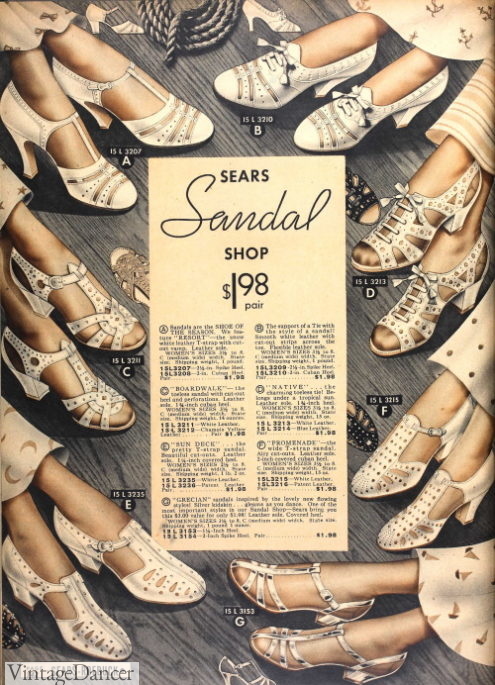
1936 Women’s Sandal Heels
By the end of the 1930s, a small cut out in front of the toe started the “peep toe” revolution. It was the first time women’s toes were visible in the 20th century. It was also a time when it was still acceptable to wear socks with sandals. They looked best with skin tone socks or light colors that matched the shoes.
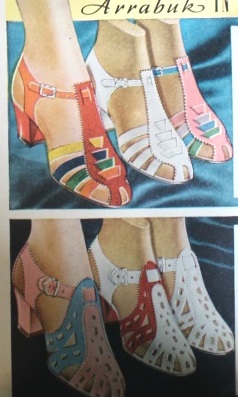
1937 Mixing Color Sandals
A true 1930s “sandal” was still a very low heeled sport shoe. Most casual sandals were made of white or brown canvas with a rubber sole — perfect for the beach, tennis, or any casual outfit. T-straps, Mary Janes, and mesh Oxfords were the classic styles.
- 1932 T-Strap Canvas Sandals
- 1933 Fringe Patent Sandals
- 1934 Tennis Sandals
- 1934 Mesh Oxfords
The Ghillie was a lace up shoe was a shoe that wanted to be a sandal. They were favored in summer, in the late 1930s, made of leather or canvas and sometimes straw. It was fun figuring out all the different ways to tie the laces up and around the ankle.
- 1937 Ghillie Sandal Shoes
- Ghillie Laced Shoes
The Espadrille woven sandal with laces became very trendy at the end of the decade and into the 1940s. The colorful striped or zigzag woven fabric with ghillie types laces.
- Sandals -1938 (Espadrille in Center)
- 1940 Espadrille Beach Shoes
1930s style sandals today come and go in fashion. The taller heel and full strappy body of the 1930s has generally been replaced by an almost naked flat modern sandal. Ghillies also come and go in fashion, but when they are in, grab ’em for your 1930s outfits. I keep my eye out for any white dressy shoes, sandal heels, or Oxfords with cutouts or holes for my summer outfits.
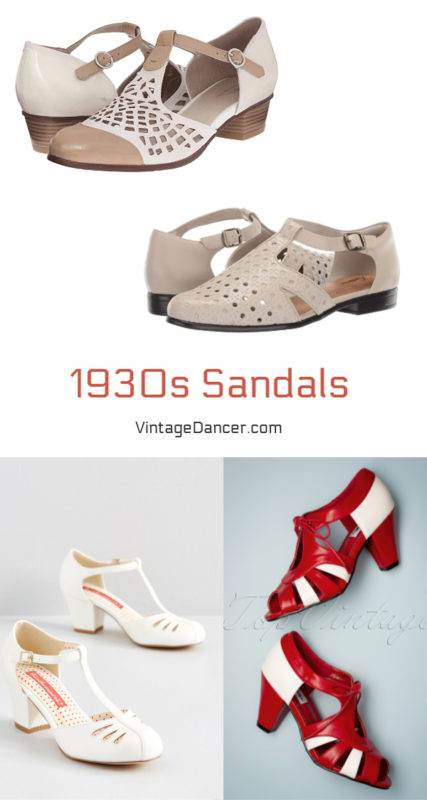
1930s Style Summer Shoes
1940s Sandals
The 1940s continued wearing Espadrille woven fabric sandals but lost the laces. Instead, wide straps held them in place to a foam sole, making them “lighter than air” to wear. Yellow, red, green, and blue made the sandals stand out at the beach. Blue and white, red and white, rainbow, or pastel stripes were all nice alternatives to plain colored shoes.
- 1947 woven sandals
- 1948 woven cotton foam sole sandals
The wedge and platform heel were the newest soles for both shoes and sandals. Sandal heels were at least 1.5 inches, but usually taller. Flat sandals had a modest thick sole or low platform heel. The cutouts grew less dainty and more chunky to go with the entire ’40s movement of utility and function over beauty. Straps were few and wide, but covered a lot of the foot.
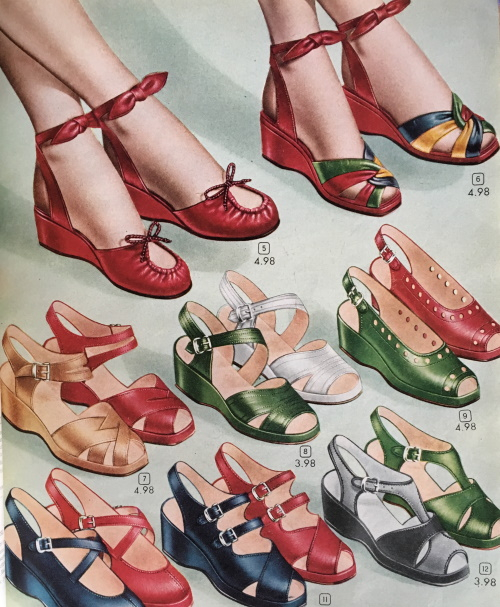
1948 Sandals and Wedges
Colors were neutral brown, black, grey, and white leather during the war years, with bright primary colors popping up in the later years.
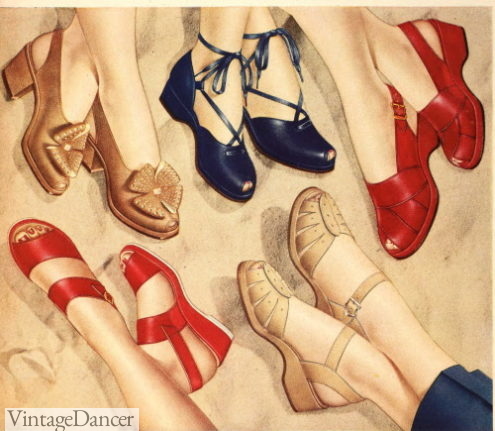
1943 Various Sandal Heels
The wedge sole shoes dominated most 1940s casual fashions. In the summer, the wedge sole shoe had a peep toe, straw base, big flat bow, or multiple straps and ankle strap or slingback to keep it secure on the foot. Wood, cork or covered wedges soles were also popular. The height of the wedge was of a comfortable few inches- not the giant stilts most wedges are made of today (which are based on the ’70s).
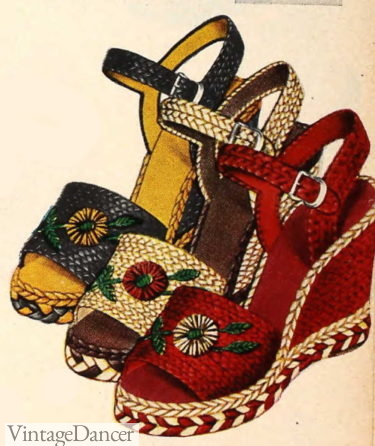
1949 Raffia Wedge Sandals
1940s Sandals Today are getting easier to find. Wedges have been in fashion for a few years and platform heels are making a come back. The trick is to find sandal heels that are not too tall or too naked. 1940s sandals should look modest, simple, and practical. Choose neutral colors or primary colors for some “pop.”
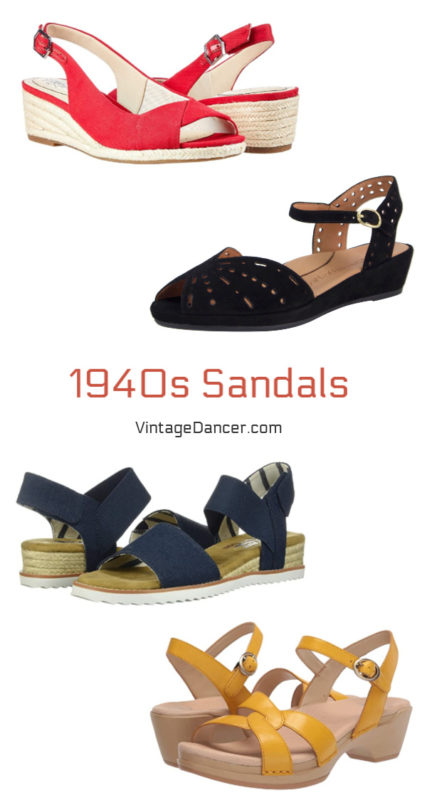
1940s Style Sandals
1950s Sandals
The 1950s saw an explosion of colors and strap designs on sandals. The popular wedge heel of the 1940s continued into a trendier platform wedge. Straps were wide or narrow with one or many buckles. There wasn’t a single defined style. Variety was everything in the 1950s, and that included textures. The trend for tropical vacations meant a wave of sandals being made of woven straw, raffia, and rope. They often had embroidery on the vamps that coordinated with an outfit.
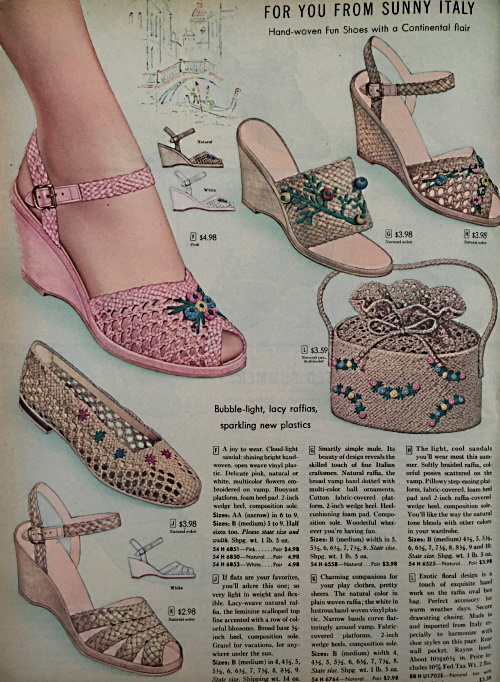
1956 Raffia Straw Sandals
Beach sandals were best when flat, very flat, with many straps crisscrossing over the vamp and around the heel. Thick or thin leather straps were both offered in vibrant summer colors. Other flats took on a futuristic look with a single bar across the toe or one strap up the center. Flat sandals were usually worn with beach /pool clothing, capri pants, and shorts.
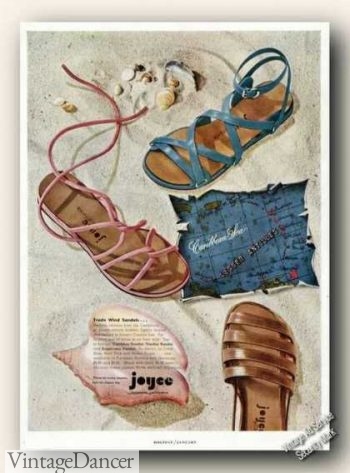
1950s Beach Sandals
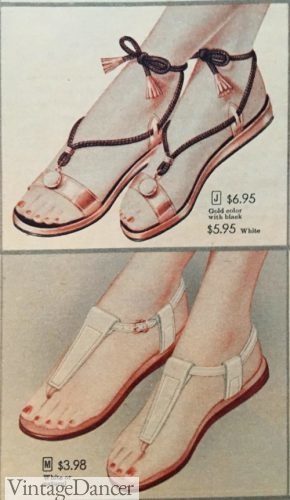
1956 Flat Sandals – Very Mod
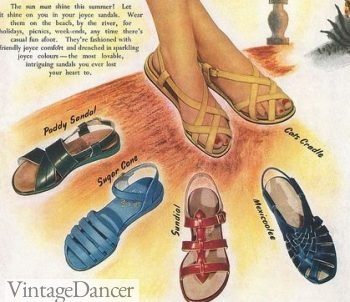
1951 Joyce Sandals
Rubber thongs or flips flops had their debut in the late 1950s and quickly became a teenager favorite. Many parents didn’t like how noisy they were. The household rule became girls could only wear them if they couldn’t be heard. Barefoot girls now could quickly slip on a pair of flip flops and run down the street chasing the ice cream truck without burning their feet. Oh, the joys of summer!
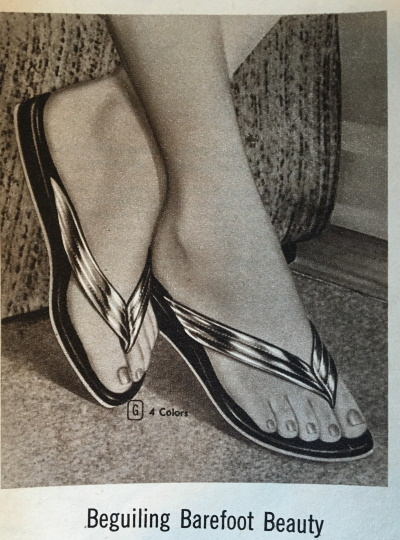
50s Flip Flops
For general wear with a summer dress, many women still preferred heeled sandals in either platform or wedge styles. Wedges were especially trendy with two tone colored straps or large cutouts and a crepe rubber sole. Many sandals were being made of sporty sneaker materials like canvas, denim, and cotton twill, which made them washable.
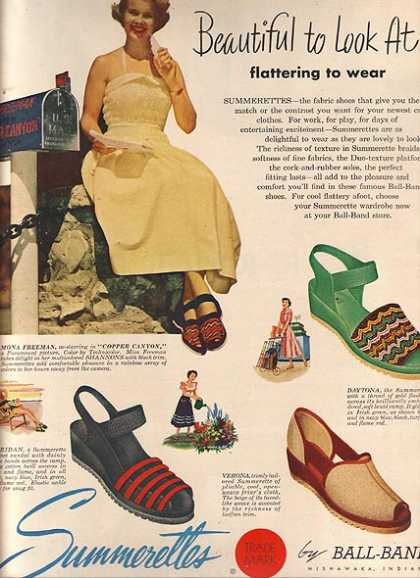
1950s Wedge Sandals
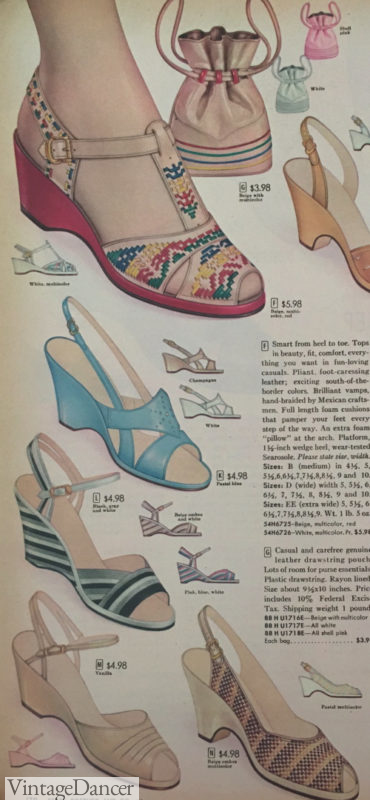
1956 Dressy Summer Sandals
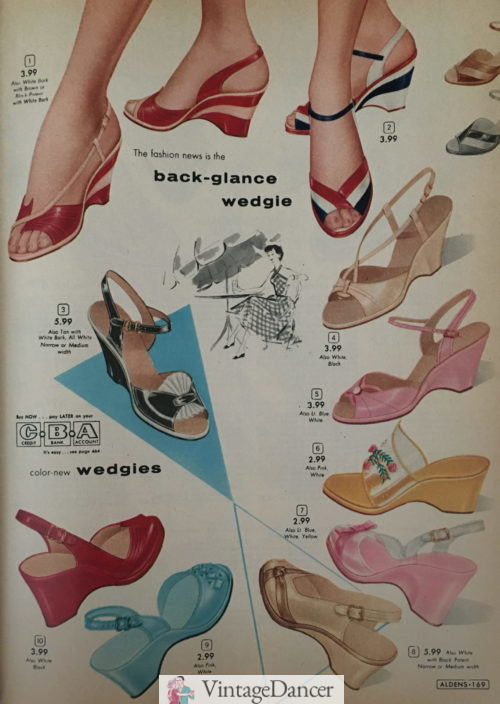
1958 Colorful Mules and Wedge Sandals
1950s sandals today are easy to find simply because there were so many varieties to choose from. Wedges, peep toes, multiple buckle straps, mules, platforms, espadrilles, flats, flip flops, etc. You can’t go wrong with almost any sandal available today. I like bright color strappy flats, wedges, and espadrilles for most of my 1950s outfits.
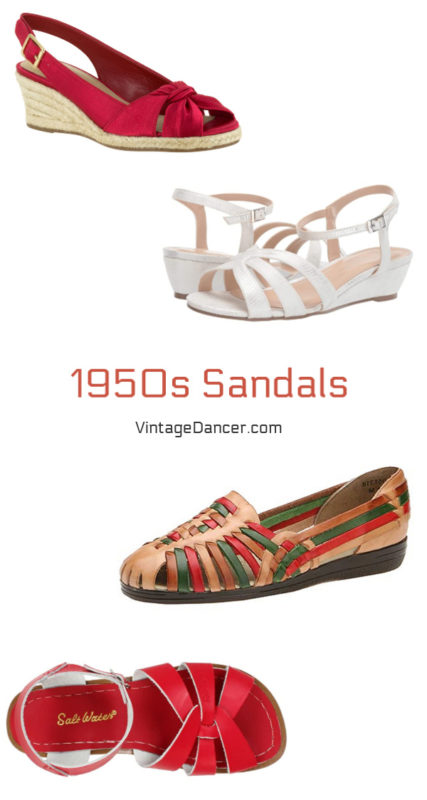
1950s Style Sandals
1960s Sandals
The flat sandal was the only kind of trendy sandal in the 1960s. Some had a scant 1/4 inch heel, but that was about as tall as they came. “Less is more” was the mod style of the decade. Sandals had thinner straps and fewer of them. Straps around the heel kept the slipper sandals in place. Flip-flop sandals with a toe wedge were available but the cross strap, T-strap, and multi-strap sandals were preferred with a wide open toe to shoe off the latest pedicure.
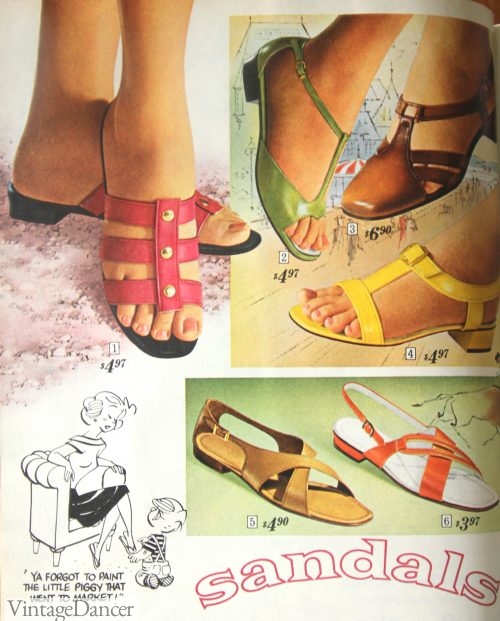
1968 Strappy Flat Sandals
Mod sandals came in bright fun colors like sunshine yellow, lime green, hot pink, and retro orange. Just like everything else in the decade, sandals were made of synthetics, especially vinyl and patent leather with a high shine factor. Big daisy flowers, buttons, and geometric cutouts decorated some sandals, but most were plain — letting the color speak for itself.
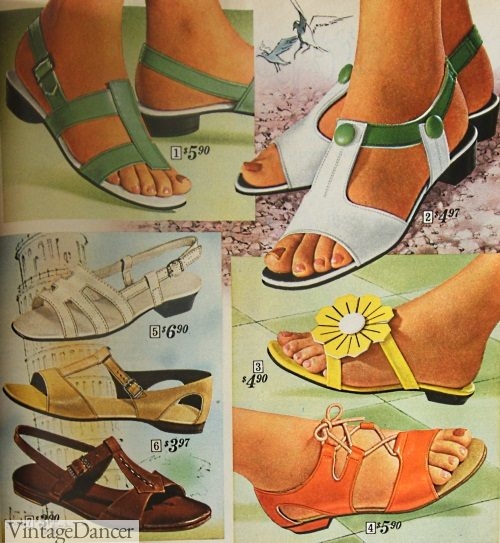
1968 Summer Sandals in Bright Colors
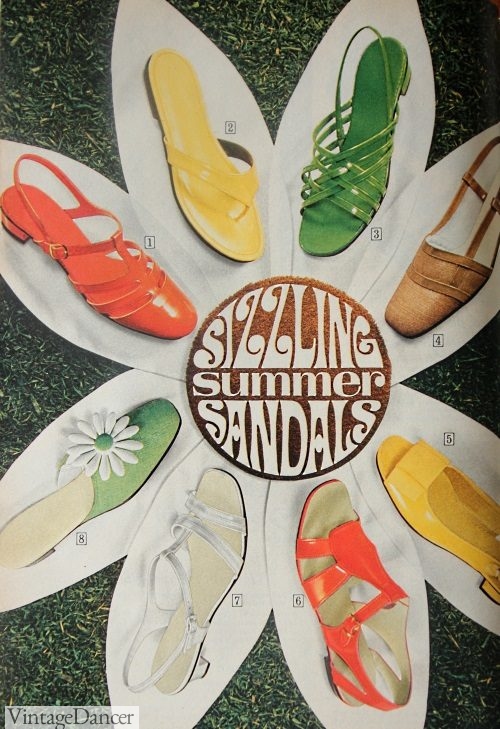
1968 Sandals
The natural leather flat sandal was inspired by everything Italian. Sandals were imported in deep brown leather with a natural, earthy simplicity. The hippies loved them. Neutral colors were popular in the early pre-mod years and again in the last year, with a heavier appearance leading into the 1970s.
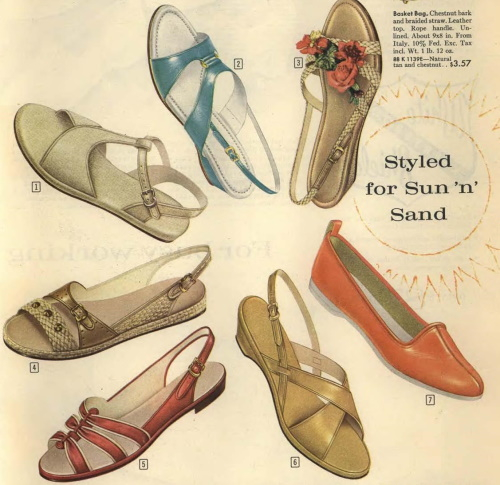
1960 Neutral Flat Sandals
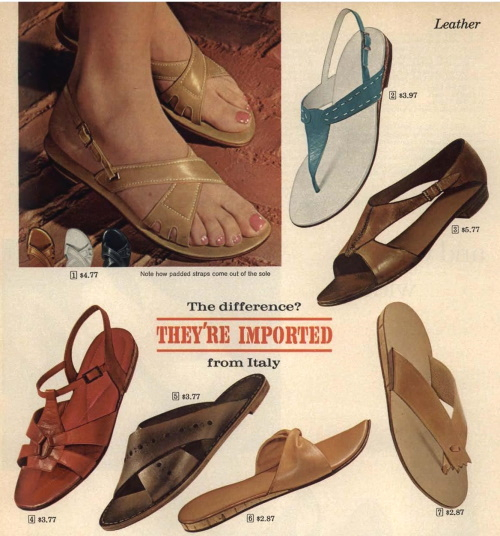
1965 Italian Leather Sandals
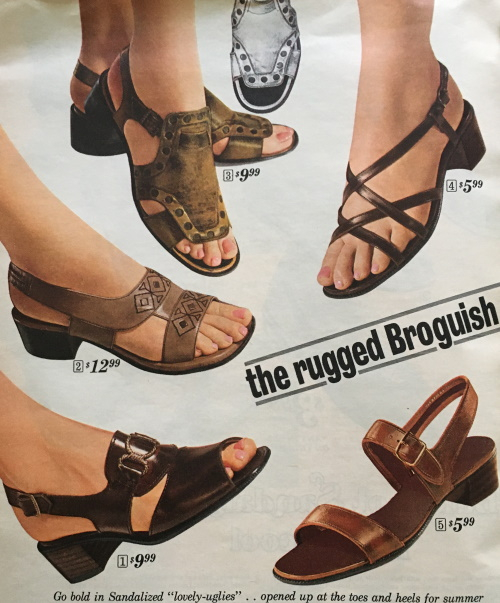
1969 Natural Leather Sandals – The New Look of the 1970s
1960s sandals today are hit and miss if you want the bright mod colors. Luckily, most flats with skinny straps will give you enough of a retro 60s look. I find shiny vinyl sandals for cheap which means they may only last one summer, so sometimes I buy two and save a pair for next year.
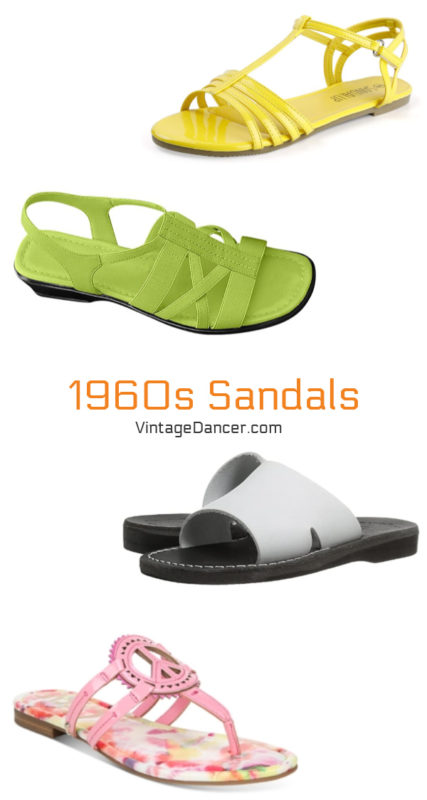
60s Sandals
1970s Sandals
Going into the 1970s saw flats go away again as the platform came back. Taller and chunkier than the ’50s style, the platform sandal quickly became an iconic shoe of the decade. Large block heels and wide straps with harness metal details were typical designs for daywear. Evening sandals such as those worn to disco dances were thin and strappy.
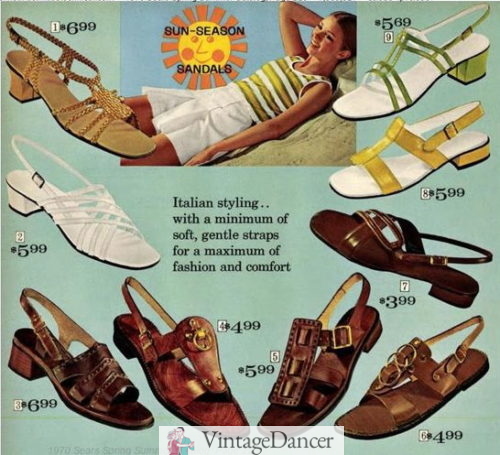
1970 Natural Leather Sandals and Mod Sandals
The mod style sandal continued well into the 1970s with bright colors and simple shapes. Straps were very wide instead of thin. Comfort sandals became the new buzzword for padded soles and softer materials.
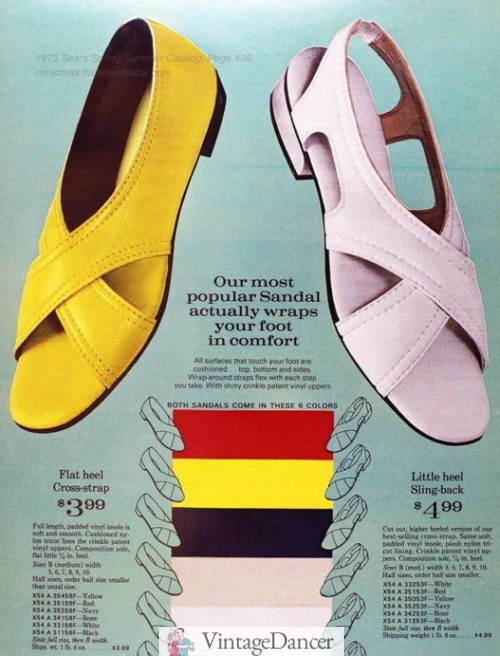
There was a brief trend for the gladiator sandal in the early years. Pattie Boyd was frequently seen wearing them to music festivals as early as 1967. The tall laces accentuated her thin legs and short skirts!
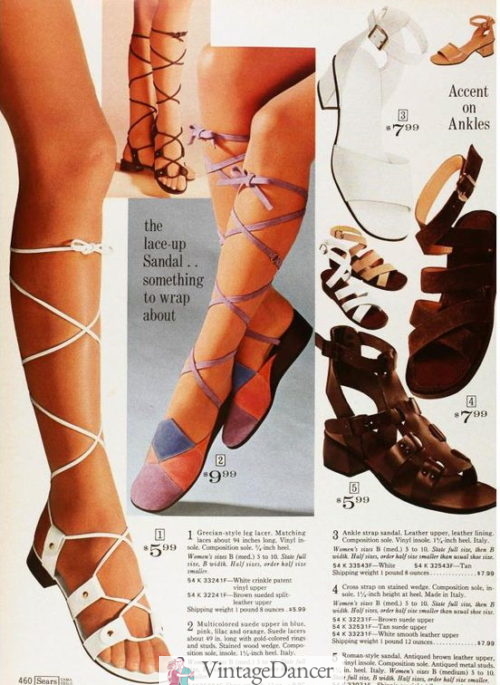
1972 Gladiator Sandals
The woven sandal, like the huarache, became a popular texture along with macrame, denim, canvas, rope, and burlap.
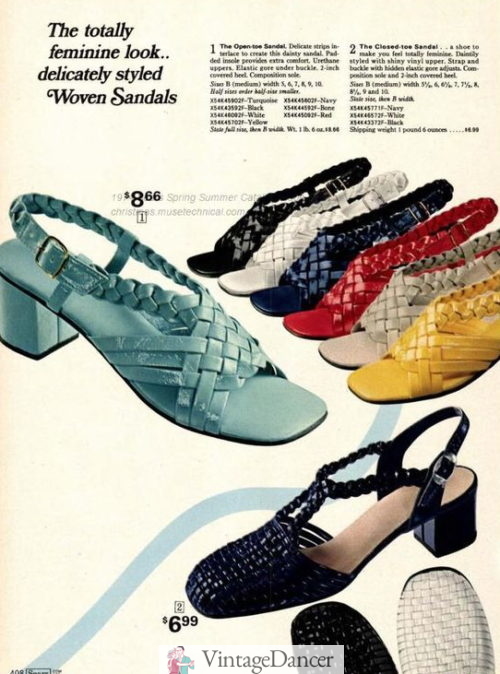
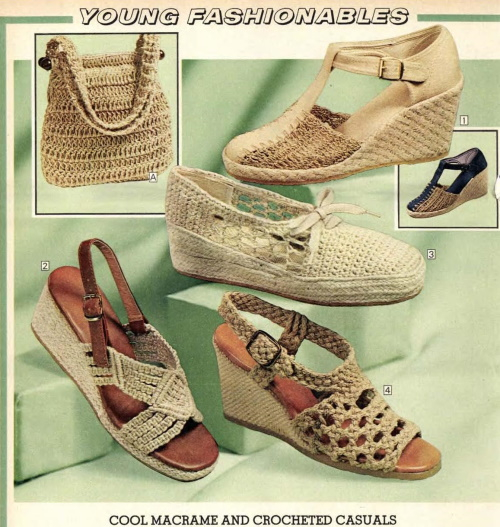
1977 Macrame Sandals
Natural was in style for most of the 1970s. Brown leather, cream colored macrame, and tan canvas adorned most tall and low sandals. The wedge sandal came back from the 1940s with an even bigger heel height.
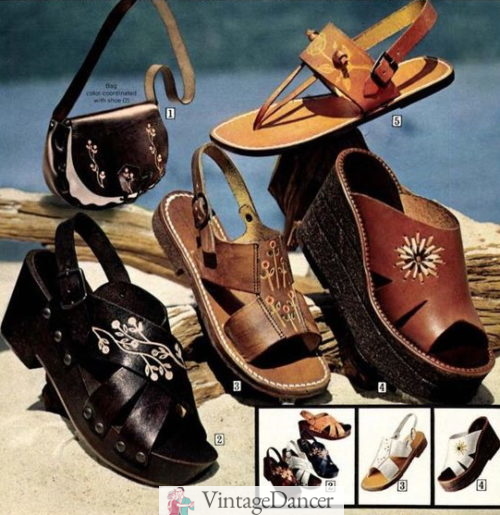
1975 Leather Wedges
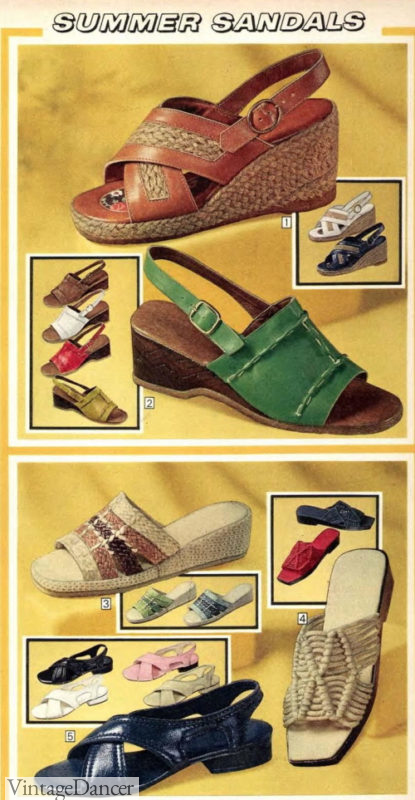
1977 Summer Sandals
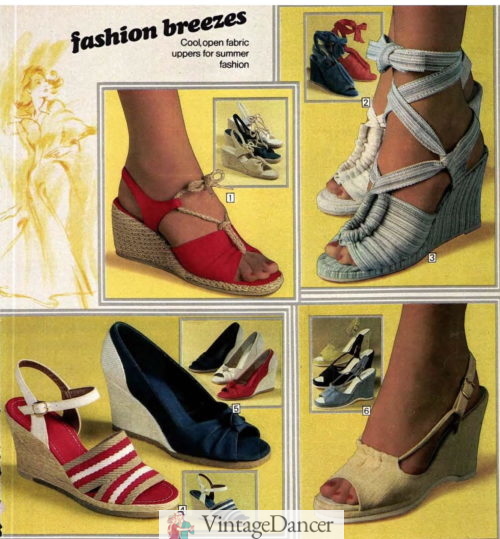
1978 Retro Style Returns
1970s Sandals today: The current boho movement is copying 70s style shoes today. Chunky platform sandals and wedges are everywhere this year. You can also find low heel or flat natural leather sandals. It is a great time if you love the 70s.
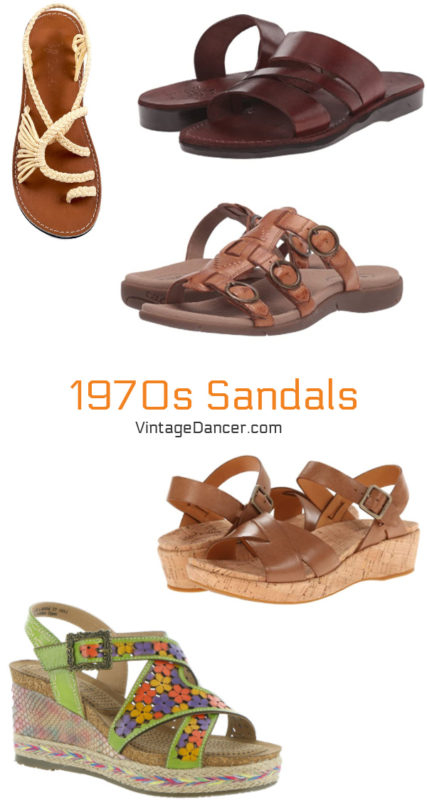
’70s Style Sandals
Vintage Sandals for Today’s Woman
Almost every shoe brand has a pair of sandals that can work for at least one retro vintage decade. Some of my favorite brands, especially if you need a more modern comfort cushion, are:
Kork Ease – Started in 1958, their hey day was in the 1970s with wedge and platform strappy sandals. I love my Myrna sandals which I think work perfect for the 1940s to 1970s.
Clarks – Ask women what brand the love for comfortable shoes and Clarks always comes up. I have been wearing a pair of Clarks Lexi sandals and I love them. Durable, comfortable, and very cute! They have style that will work for the 1920s-1930s, which is hard to find, as well as pretty much every other decade.
Hotter – Hotter is well known as a comfort shoe brand the UK (free shipping to the USA). I have several pairs of heels, boots, wedges and sandals that I can walk all day in. Wide sizes on some sizes too.
Salt Water Sandals – These classic flat sandals work well for the 1950s to 1970s. They come in every color imaginable. They don’t have a comfort footbed, but I hear that they are amazing to wear anyways.
Vintage Style Shoe brands– Our big list of vintage reproduction and vintage style shoe brands may help you find even more sandals.
Shop Retro Vintage Sandals
See even more retro and vintage style sandals:
Read More
Debbie Sessions has been teaching fashion history and helping people dress for vintage themed events since 2009. She has turned a hobby into VintageDancer.com with hundreds of well researched articles and hand picked links to vintage inspired clothing online. She aims to make dressing accurately (or not) an affordable option for all. Oh, and she dances too.
